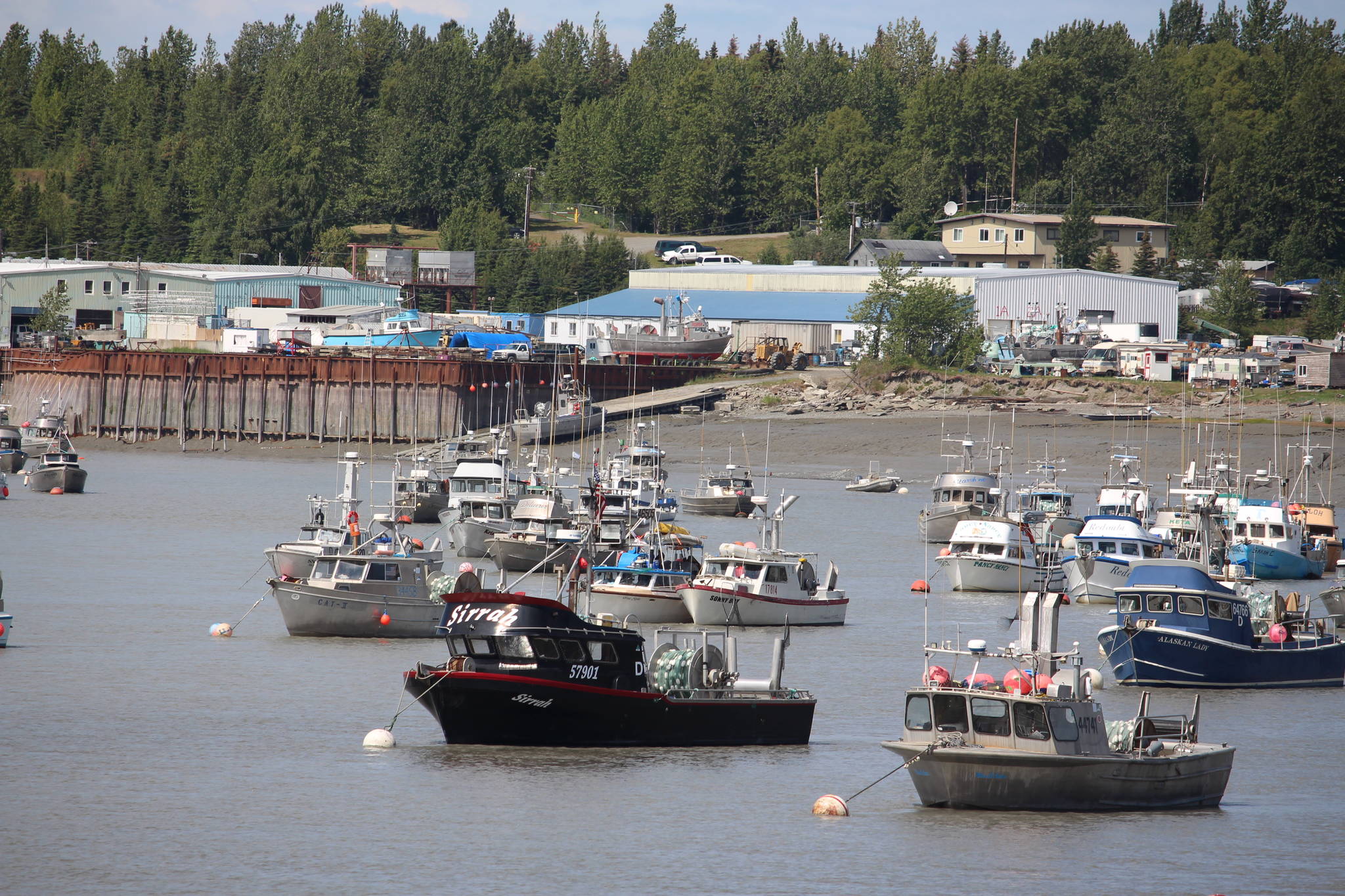The Kenai Peninsula Borough Assembly voted last Tuesday to ask the U.S. Secretary of Commerce to declare a sockeye salmon fisheries failure and economic disaster in the Upper Subdistrict of the Central District of Cook Inlet in response to a year that saw fewer and smaller fish, as well as lower-priced fish.
According to a memo to the assembly from Kenai Peninsula Borough Mayor Charlie Pierce, the borough has not received a response from the state regarding a request from the assembly last month for Gov. Mike Dunleavy to declare an economic disaster in the Upper Cook Inlet fisheries region.
The same memo says that a provision in the Magnuson-Stevens Act authorizes the U.S. Secretary of Commerce to determine whether or not there is a commercial fishery failure “due to a fishery resource disaster as a result of natural causes” or “man-made causes beyond the control of fishery managers to mitigate,” among others.
Such requests can be made by a state governor or from representatives of an “affected fishing community,” which the borough asserts it is.
“This would be based on the considerably low returns, harvests, and reduced size of Sockeye salmon in the commercial drift and set net gillnet commercial salmon fishing industry as a result of the devastating 2020 UCI sockeye salmon fishery and to implement a recovery plan to benefit the commercial drift and set gillnet fishery industry in the borough,” the memo reads.
According to the resolution, 959,802 fish were commercially harvested in the 2020 commercial salmon fishery for the Upper Subdivision of the Central District of Cook Inlet, which is the lowest harvest for the region since 1971. Additionally, it is about 67% less than the 10-year average of over 2.9 million fish.
Additionally, the weight at age of the 2020 individual sockeye salmon, the most valuable of the five species of Pacific salmon in Upper Cook Inlet, was one pound less, on average, than 10 years ago. The combined drift and set net commercial sockeye harvest of 579,068 fish were also worth about 45% less than the previous 10-year average ex-vessel value.
“These fisherman were getting hammered in three ways right there: one, they didn’t catch very many of the primary target species, sockeye; of those sockeye that they did catch they were smaller than they normally are; and then the price went to pot,” said assembly member Brent Johnson, who sponsored the legislation along with Pierce.
Assembly member Jesse Bjorkman put some of the blame on how the fishery is managed, specifically citing the siphoning of fish away from the peninsula, which he said has harmed the local economy.
“Commercial fisheries had the worst year they’ve had in decades … and that’s not OK,” Bjorkman said. “The Upper Cook Inlet sockeye salmon fishery, as well as the mixed stock fishery in general can support multiple user groups if we choose to support them.”
Copies of the resolution were sent to U.S. Sens. Lisa Murkowski and Dan Sullivan, U.S. Rep. Don Young and Dunleavy in addition to the U.S. Secretary of Commerce.
Reach reporter Ashlyn O’Hara at ashlyn.ohara@peninsulaclarion.com.


